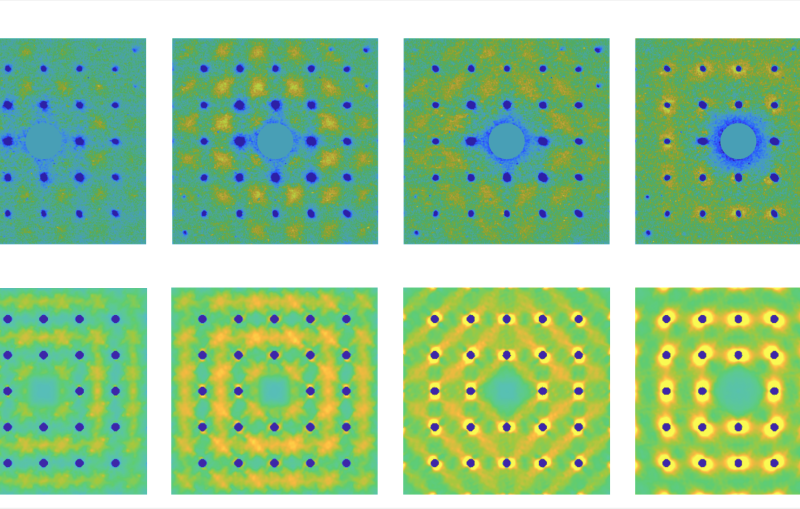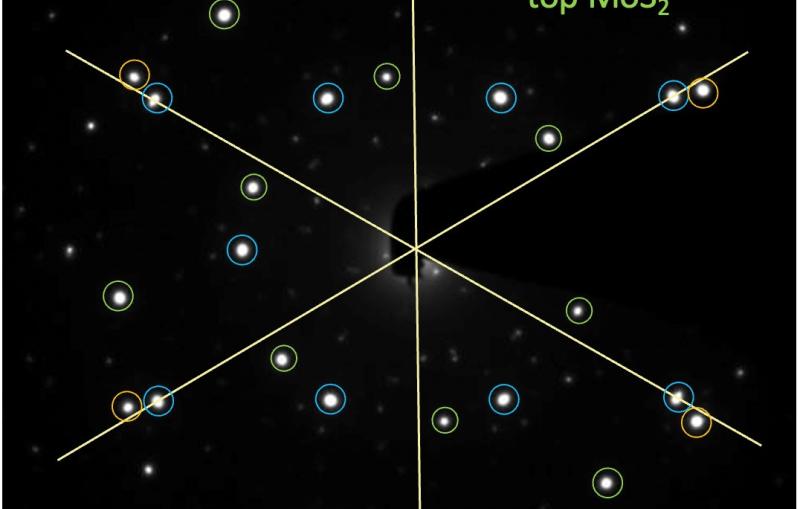Designing Chemical Catalysts: There's an App for That
A big reason for publishing scientific results is to inform others who can then use your data and conclusions to make additional discoveries, technologies or products.
By Mike Ross
A big reason for publishing scientific results is to inform others who can then use your data and conclusions to make additional discoveries, technologies or products. But what good are findings if they are, well, hard to find – buried in tables in the pages of technical journals?
Five scientists from the SUNCAT Center for Interface Science and Catalysis, at SLAC National Accelerator Laboratory and Stanford's Department of Chemical Engineering, have a solution for those who design new chemical catalysts: They made an app.
Their creation, called CatApp, displays reaction and activation energies for reactions occurring on catalytic metal surfaces. These factors are important in predicting how fast and completely a catalyzed reaction will proceed.
Catalysts are substances that promote chemical reactions without being altered or consumed themselves. They are essential for making many products, such as gasoline and other liquid fuels.
Making catalysts is a big business at the heart of a huge business. SRI Consulting reported in September 2010 that companies worldwide spend about $13 billion per year on catalysts used to produce some $500 to $600 billion worth of chemicals and refined petrochemicals.
Companies are always looking for new catalysts that are more selective and efficient, require less energy and produce fewer waste products. The quest at the heart of SUNCAT – finding ways to use solar energy to make new fuels and chemicals from biomass and other non-fossil sources – also requires novel catalysts.
“CatApp is accessible to any phone, tablet or computer with Internet access,” said theoretical-physicist-turned-programmer Jens S. Hummelshøj, who spearheaded its development. “Moreover, the entire app and database is a compact 150-kilobyte download, so users can also run the app offline.”
CatApp’s database contains calculated reaction energies for 1,054 catalytic reaction combinations involving reactant molecules having up to three carbon, nitrogen or oxygen atoms on 53 single-crystal surface types of 18 metallic elements. Users first choose a metal surface and reactant.
Then with just one screen tap, CatApp displays a simple diagram showing the corresponding activation energy and reaction-energy difference. The user can also easily explore how favorably the reaction would occur on other metal surfaces. The database includes references to source publications.
The development team – Hummelshøj, Frank Abild-Pedersen, Felix Studt, Thomas Bligaard and SUNCAT Director Jens K. Nørskov – described CatApp in a technical paper published in the Jan. 2 edition of the Germany-based chemistry journal Angewantde Chemie.
“We expect this to be of interest both to academics and to industrial researchers and catalyst developers,” said Bligaard, who leads the Materials Informatics efforts at SUNCAT. “Imagine being able to make a simple, first test of new ideas before going into the laboratory to make new catalysts and characterize them.“
“In the near future, we will open the CatApp database so all researchers can submit their own data upon publication,” said Hummelshøj, who designed CatApp with future expansion in mind. “We will also add many more catalytic surface types and structures, including oxide, carbide, nitride, sulfide, alloy and nanoparticle surfaces; calculation uncertainties, and higher-temperature reactions. I could add a million reactions.”
Further enhancements include adding experimental surface reaction data, creating a desktop version with more functionality and linking to the National Institute of Science and Technology’s Chemistry WebBook, which contains a wide variety of chemical properties data.
CatApp is the first published element of the Quantum Materials Informatics Project, a joint initiative between SUNCAT, Argonne National Laboratory, University of Chicago and the Technical University of Denmark to establish a common framework for storing and sharing electronic structure calculations.
QMIP is aligned with the country’s future Materials Genome Initiative, which aims to create computational tools for researchers to use in rapidly discovering and developing new materials. One early such effort – The Materials Project collaboration between MIT and Lawrence Berkeley National Laboratory – is concentrating primarily on bulk materials.
“It will be highly desirable to couple these and other databases together, leading to a universal web-based materials data warehouse,” said Bligaard.
CatApp development is supported by the U.S. Department of Energy through the Office of Basic Energy Sciences’ Chemical Sciences, Geosciences, and Biosciences Division.
Contact
For questions or comments, contact the SLAC Office of Communications at communications@slac.stanford.edu.

(Photo by Matt Beardsley)
SLAC is a vibrant multiprogram laboratory that explores how the universe works at the biggest, smallest and fastest scales and invents powerful tools used by scientists around the globe. With research spanning particle physics, astrophysics and cosmology, materials, chemistry, bio- and energy sciences and scientific computing, we help solve real-world problems and advance the interests of the nation.
SLAC is operated by Stanford University for the U.S. Department of Energy’s Office of Science. The Office of Science is the single largest supporter of basic research in the physical sciences in the United States and is working to address some of the most pressing challenges of our time.




